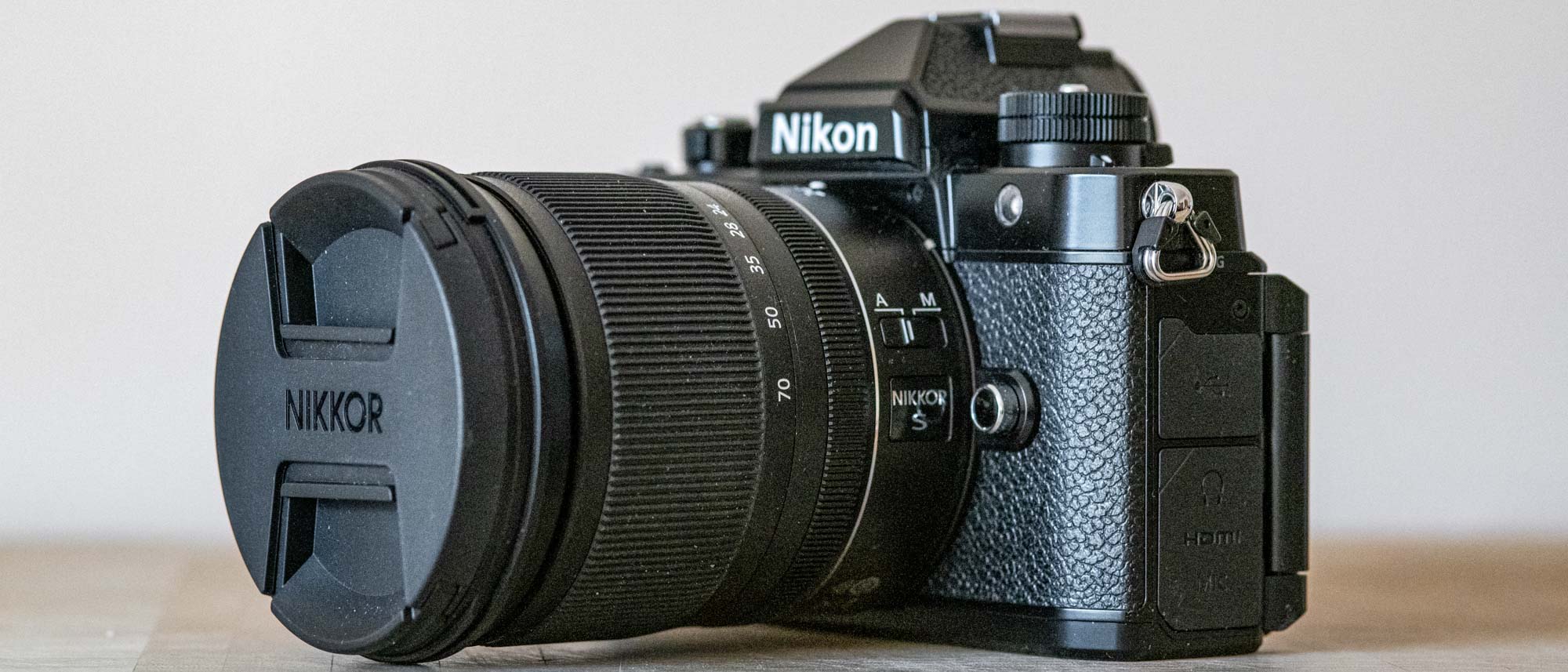Tom's Guide Verdict
Don’t let the Nikon Z f’s classic good looks fool you. Under the hood, this 24-megapixel camera is anything but old-fashioned. High tech features along with excellent image quality and solid performance make this camera a great choice for enthusiasts who want a classic style with all of today’s photographic capabilities.
Pros
- +
Excellent image quality
- +
Great design
- +
Solid build
- +
Vari-angle 3.2-inch monitor
- +
Power delivery charging
- +
Dual card slots
- +
Specialty features like in-camera time-lapse movies
Cons
- -
Second card slot is UHS-I microSD
- -
No joy stick
- -
No Auto setting on ISO dial
- -
No charger included
- -
Very small grip
Why you can trust Tom's Guide
Sensor: 24MP full-frame sensor
Processor: Expeed 7
Stabilisation: 5-axis IBIS; up to 8 stops
AF system: Hybrid Phase Detection/Contrast AF with AF assist
Viewfinder: 1.27-cm/0.5-in OLED EVF, 3.69 million dots
Display: 3.2-inch Vari-Angle TFT touch-sensitive LCD; 2.1 million dots
ISO range: ISO 100-64000 (expandable to 204,800)
Max video resolution: 4K @ 30p (60p in DX-Crop mode)
Ports: USB-C, Micro (type D) HDMI, 3.5mm mic and headphone ports, 1x SD/SDHC/SDXC UHS-II, 1x microSD/SDHC/SDXC UHS-1
Wireless/bluetooth: Wi-Fi & Bluetooth
Max shooting speed: 14fps mechanical; 30fps electronic
Max shutter speed: 1/8000th sec. mechanical; 1/800th sec. electronic
Battery life (CIPA): 430 shots
Size/weight: 5.7 x.4.1 x 2 inches; 22.9 ounces
The Nikon Z f's look and feel is reminiscent of Nikon’s renowned 35mm film camera, the FM2, with a trio of dials atop its attractive body. But the Z f isn’t the first digital camera to mimic that design. In 2013, Nikon released the full-frame Df — a great concept which received an underwhelming reception. Nikon tried and missed the mark again in 2021 with the DX (APS-C) Nikon Z fc before upping its game with the Nikon Z f. Meanwhile, rival Fujifilm has proved there is a market appetite for retro, seeing success with models like the Fujifilm X-T30 II and Fujifilm X-T5, which sport similar three-dial retro designs albeit available only with a cropped sensor at their core.
At $2,000 (body only), the Z f has some solid competition with the full-frame Canon EOS R6 Mark II, the Panasonic Lumix S5IIX, Sony A7 IV and the Sony a7C II. But the Z f is more than just a cool design concept and is well-equipped to meet the challenge. While the Z f’s design may be the initial attraction for some photographers, the camera benefits from some of the latest technology (and features) found in other Z-line models such as the Z 9’s powerful EXPEED 7 processor.
The Z f is a highly capable camera that meets (or exceeds) the needs of enthusiasts and may also be a good backup option for pro’s shooting with the Nikon Z 8 or Z 9. Take a look at our Nikon Z f review to help decide whether this camera will find a place in your camera bag.
Nikon Z f review: Price & availability
The Nikon Z f began shipping in October 2023 for $2,000/£2,299 (body only). Nikon Z f kits include the camera with the Z 40mm f/2 (SE) kit for $2,240 /£2,519 or with the Z 24-70mm f/4 lens for $2,600/£2,849. In addition to a black model, the Z f is also available in certain regions in Indigo Blue, Stone Grey, Bordeaux Red, Sepia Brown, Sunset Orange or Moss Green, all with black accents.
Our loaner kit came with the 24-70 lens, which is one of the mainstay zoom focal ranges for professional photographers. A highly usable wide-angle field of view at one end is ideal for landscapes and group photos. A modest telephoto reach at the other end works well for portraits. If you’re more interested in, say, street photography and cityscapes, the fast 40mm kit lens might be more appropriate.
With Nikon’s FTZ II mount adapter ($300//£249), I was able to attach my AF-S NIKKOR 300mm f/4E PF ED VR lens on the Z f to photograph a windsurfing competition. There was no noticeable difference in performance between the native lens and the lens mounted with the FTZ II adapter. As such, the adapter effectively increases the number of lenses available for the Nikon Z f, giving users a wide range of focal range and f/stop options (and prices).
Nikon Z f review: Design
Measuring 5.7 x.4.1 x 2 inches and weighing about 22.9 ounces, the Z f is about average size and weight for its class. The main section of its solidly-built magnesium-alloy body is covered in faux leather. This textured surface helps provide a better handhold — a plus, given its rather slender grip. The latter, which is only a slight curve, may feel a little too small given some of the larger grips on many DSLR and mirrorless cameras. If you want a more substantial grip, smallrig.com offers a $40 grip attachment (which Nikon is bundling free with the Z f in the U.K. at the time of writing). I was extremely comfortable holding the Z f, even with a large 300mm lens. I also had no problems operating the camera wearing gloves.
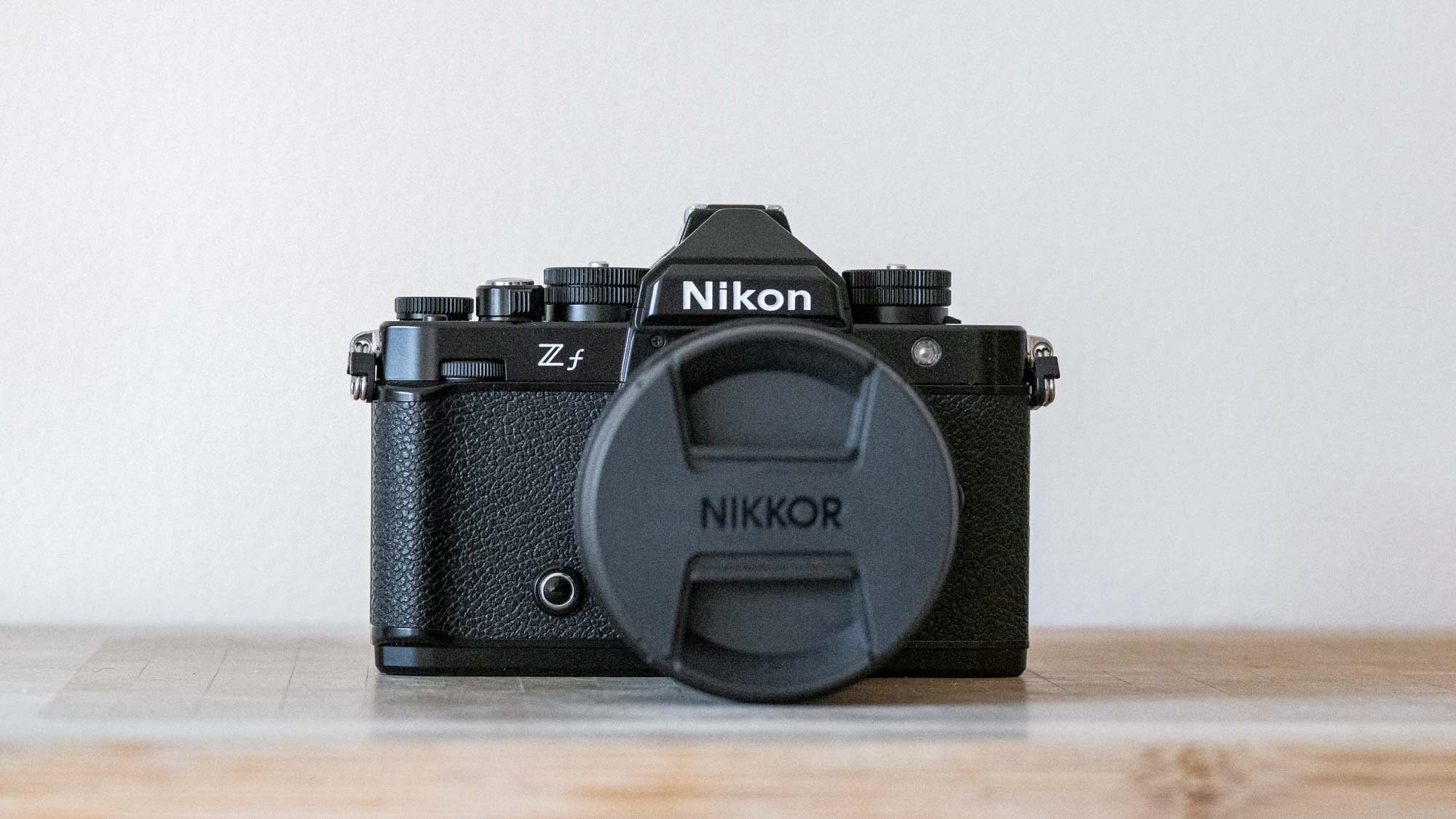
Its handsome retro design is due, in large part, to its distinctive ISO and shutter speed dials on the top deck. Adding to its retro style, the Z f’s shutter button can accommodate a screw-in cable release — perfect for long exposures — or a soft shutter button. A myriad of other controls, including an exposure compensation dial, are arranged singly or as subsets of the large dials, consolidating many of the most-often used features.
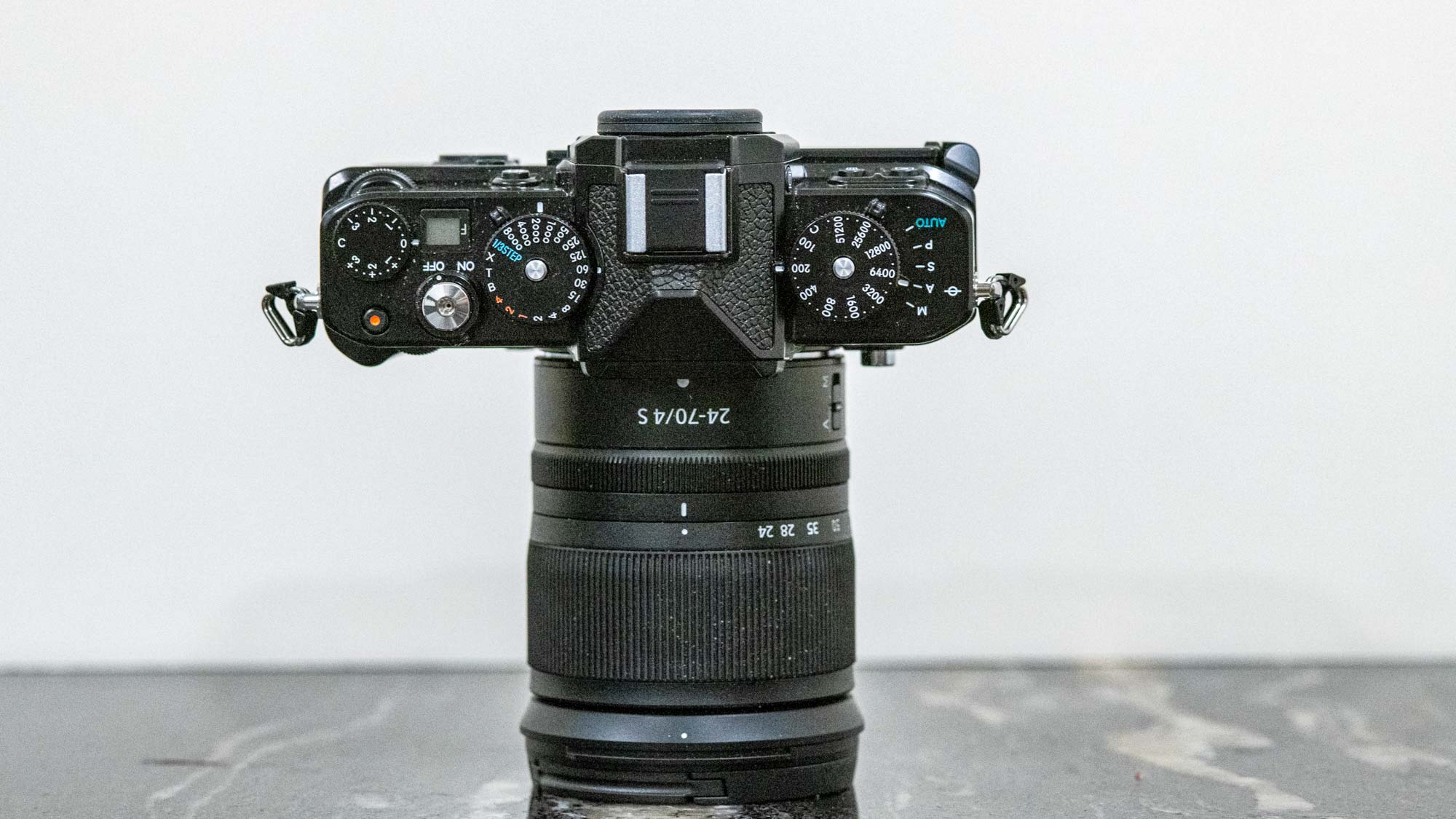
At 3.69 million dots, the EVF resolution is comparable to much of its competition and delivered a sufficiently bright and clear view. The 3.2-inch, 2.1-million-dot touchscreen monitor works well in moderately bright light and its touch functionality is highly responsive. The Z f’s monitor is the first full-frame Z model to feature a vari-angle screen. While some people may prefer a tilt screen, anyone who shoots a lot of video, vlogs or selfies will likely prefer the vari-angle design.
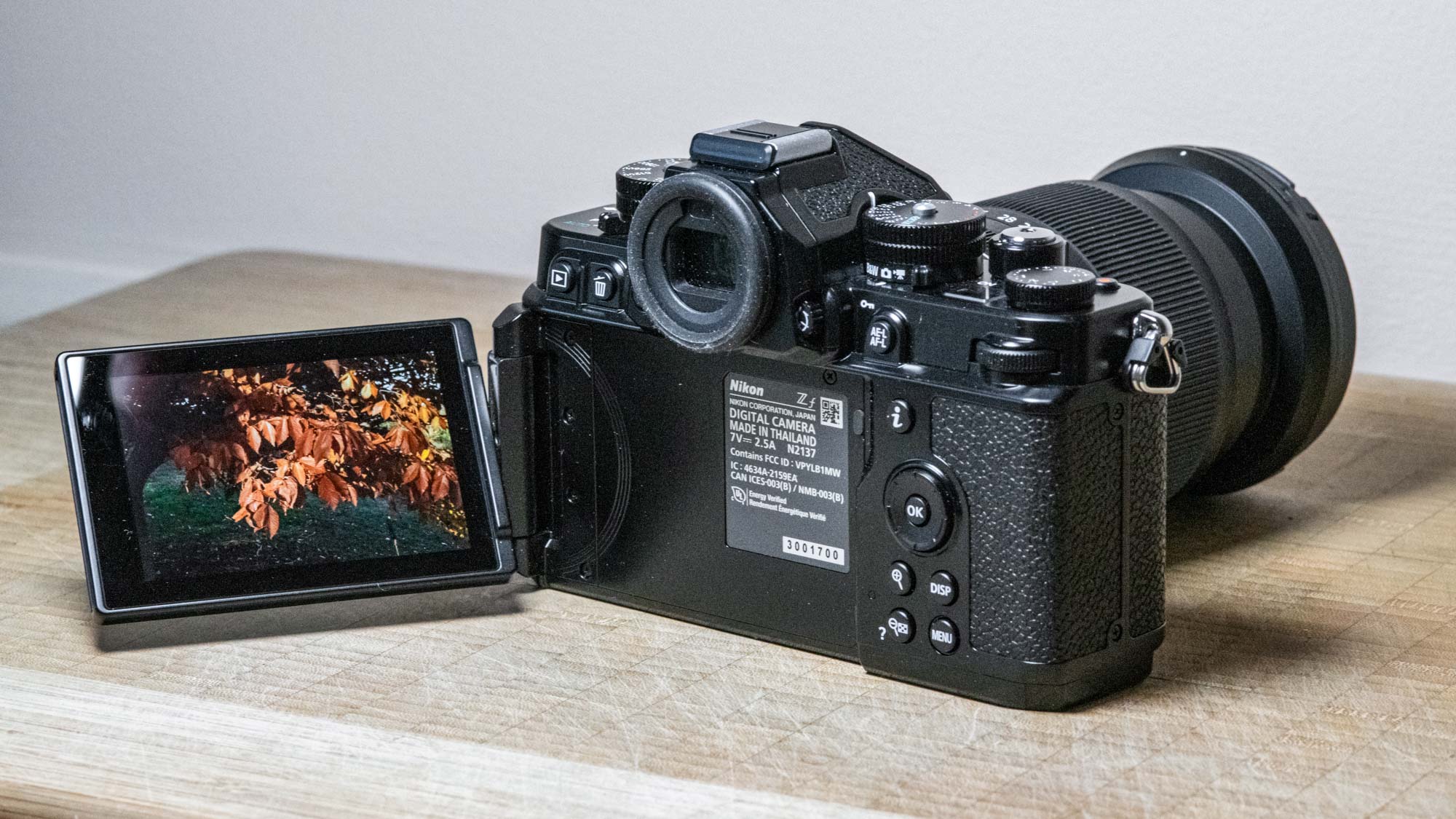
The Z f is equipped with dual card slots, located in the battery compartment at the bottom of the camera. Dual card slots are a must-have for many photographers, but I was surprised to discover that, while the main slot is UHS-II compliant and supports full-size SD/SDHC/SDXC cards the second slot is slower at UHS-I and, more disappointingly, is only microSD. Nikon explains that they chose microSD because they “didn’t want to make the camera any larger or heavier than necessary” but also recognized the importance of providing a second slot.
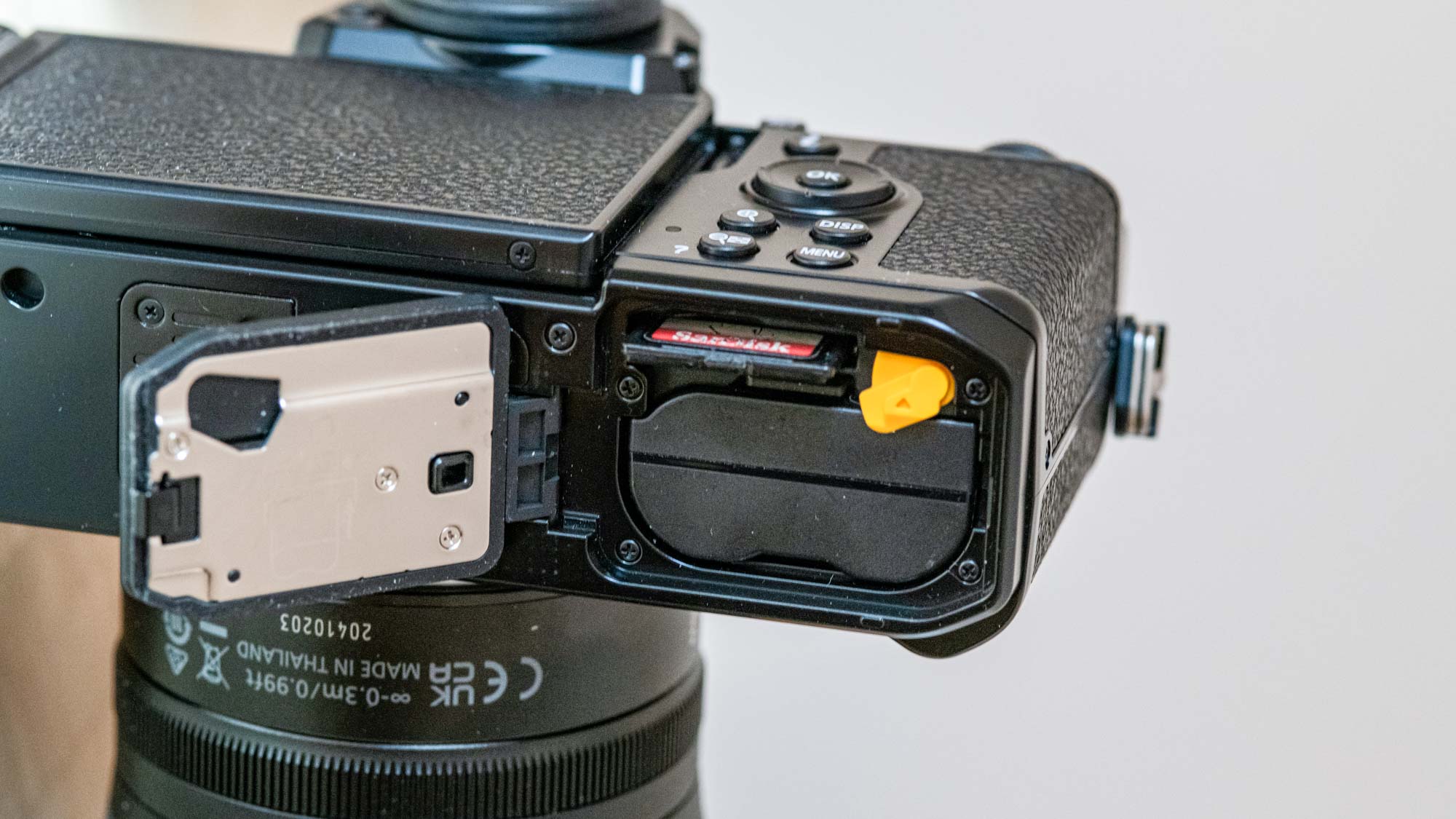
While I’d much rather have a microSD second slot than none, I found the tiny (and easy-to-lose) card difficult to insert/eject, especially since its slot is sandwiched between the full-size SD slot and the battery. In fact, the manual suggests removing the battery before placing the microSD in its slot — which is very inconvenient. Also, depending on your set-up, don’t expect to be able to change either of the cards (or replace the battery) while the Z f is mounted on a tripod.
There’s no built-in flash. As expected, the Z f is equipped with a hotshoe for external flashes or wireless flash triggers. It also features USB Type-C and Micro-HDMI ports, plus 3.5 mm headphone and microphone jacks. As seems to be the trend with USB-C devices, the Z f doesn’t come with a separate charger, only a USB-C cable. Unless you have a compatible AC adapter like the EH-7P ($47), EH-8P ($67) or wall charger, such as the Nikon MH-25a, you’re stuck with straight up USB-C charging. But the Z f can be powered by USB for extended shooting time.
Nikon Z f review: Controls
The Nikon Z f features a mix of old-school and digital controls. Most obvious are its retro shutter speed and ISO dials, which sit along the top of the camera. Both dials are capable of accessing their respective base settings by simply turning the dials: ISO from 100-46000; Shutter Speed from 4 seconds to 1/8000th second. Accessing other options requires an extra step or two.
The shutter speed dial also offers Bulb, Time and X-sync modes as well as a 1/3 stop option. The latter not only gives you the ability to fine-tune the shutter speed and to shoot as long as 30 seconds, but also moves shutter speed control from the physical dial to the rear Command dial when shooting in Manual or Shutter-priority mode. When shooting windsurfers in changing lighting conditions, for example, I elected to switch to the Command dial for quick access since I was adjusting the shutter speed quickly and often. The dial locks in the four special modes individually but otherwise turns freely.
To push the ISO beyond its native ISO 100-46000, you need to lock the dial on “C” and change the ISO in the menu or assign ISO to the Z f’s lone Function button. Unfortunately, there’s no Auto setting on the dial and the only way to activate Auto ISO is via the menu or by assigning it to another button. I would prefer an Auto ISO setting on the dial.
There’s also an exposure compensation dial up top, while PSAM and Auto exposure modes are chosen via a switch rather than a mode dial. A small lever under the Shutter Speed dial switches between video, stills or a special B&W option. The latter offers three B&W options (Monochrome, Flat Monochrome and Deep Tone Monochrome, respectively, as see below). While you can set the same options in the menu, the separate control will show the type of Monochrome last used, saving you a trip to the menu. Be sure to shoot JPEG + RAW to capture both monochrome and color versions of the shot.
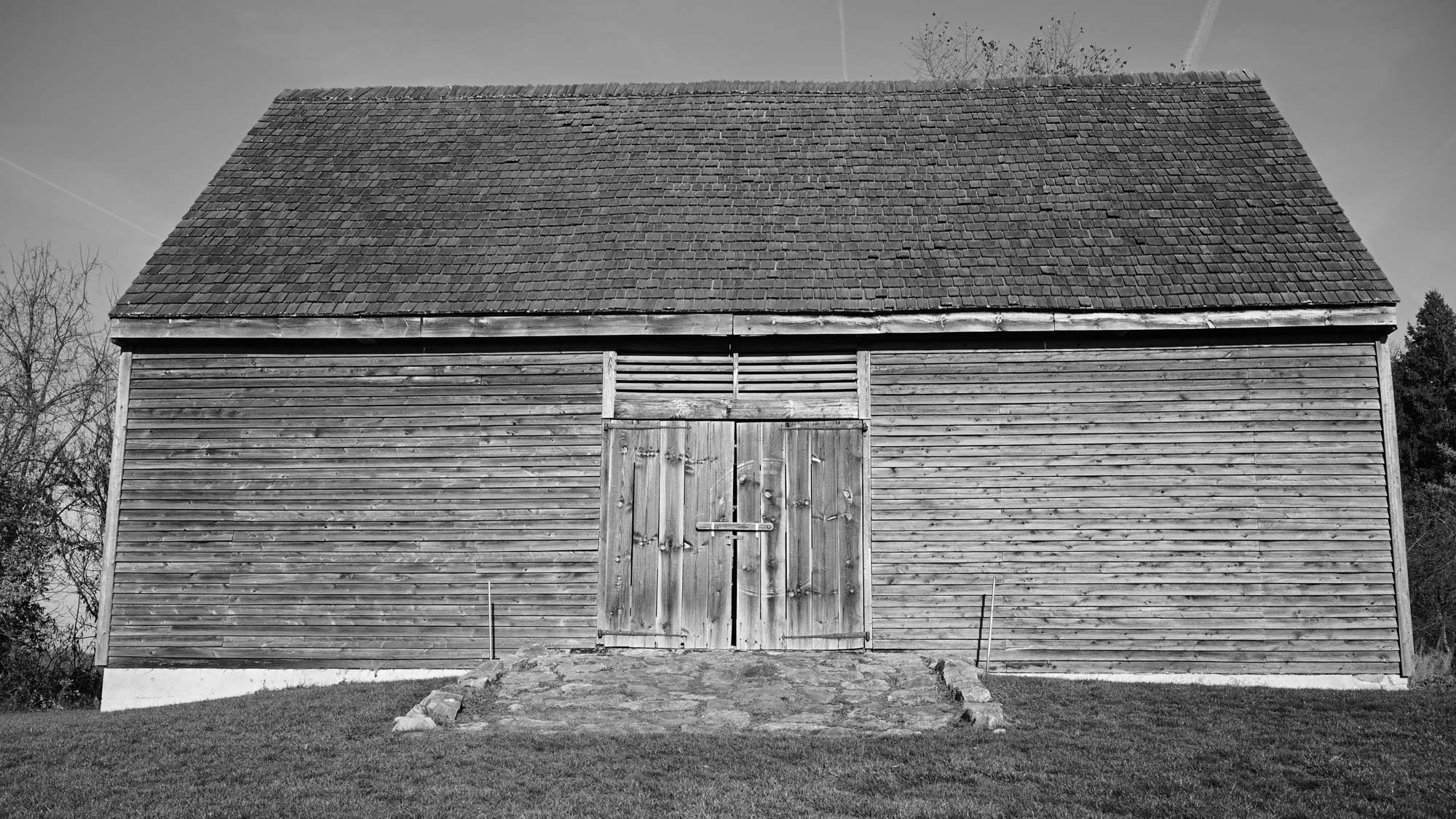
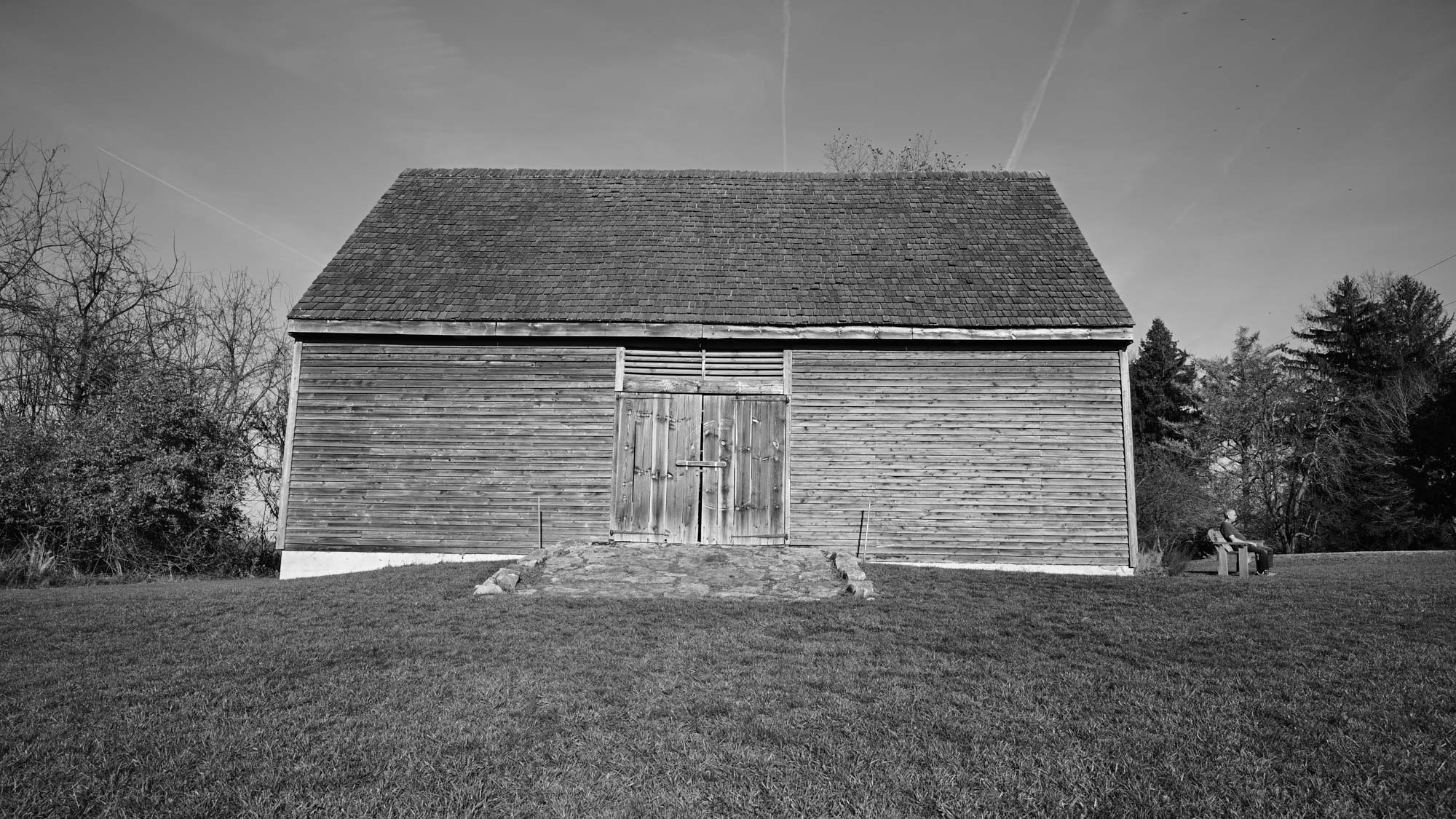
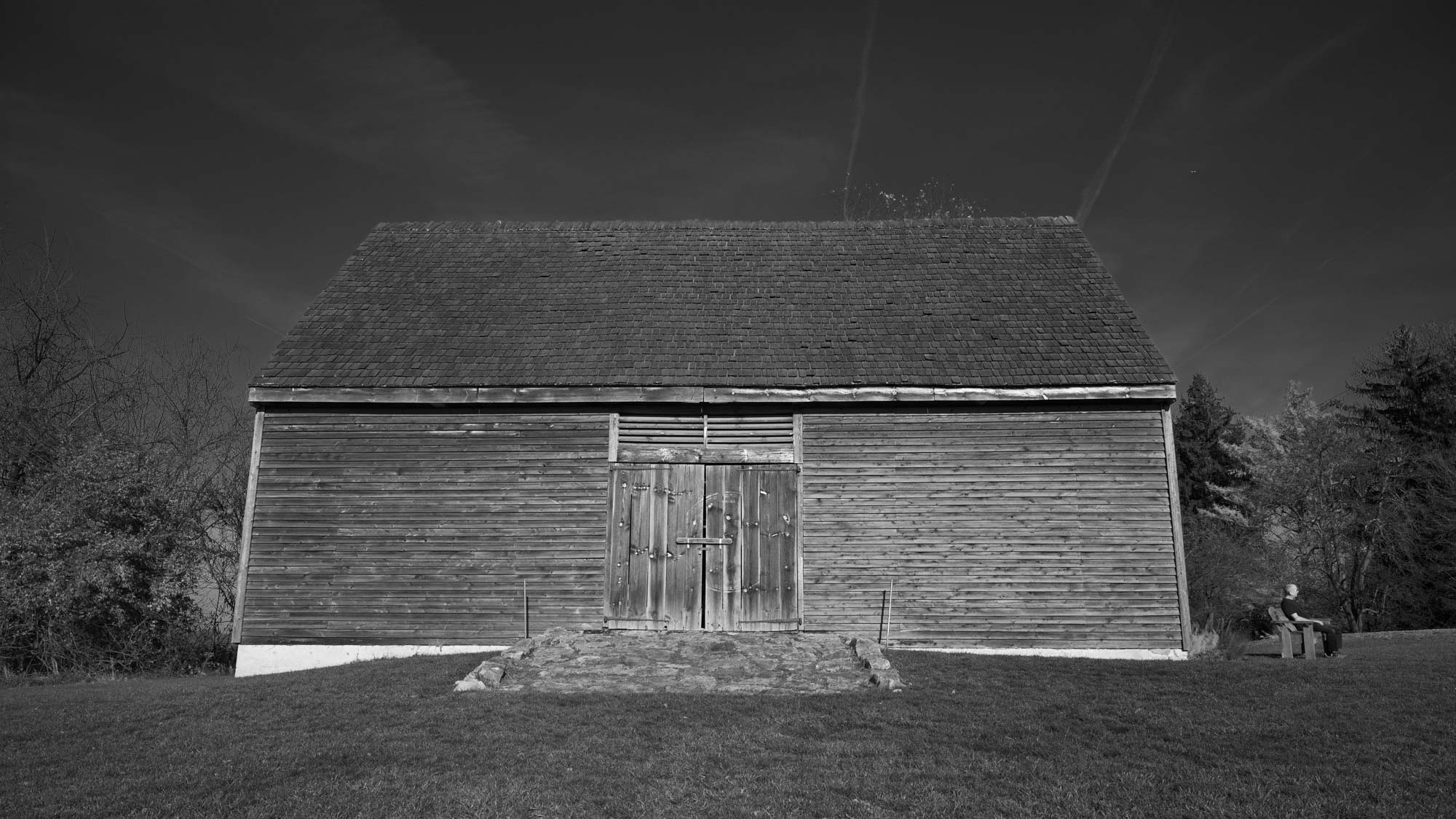
Most of the other buttons and dials are typical of many mirrorless cameras including front and rear command dials, an info panel for setting adjustments, as well as playback, display, and an AE-L/AF-L button. While there’s only one Custom Function button on the front of the camera, pretty much all buttons and dials can be customized to control various functions. Combined with a My Menu option, you can easily create a personalized set of controls.
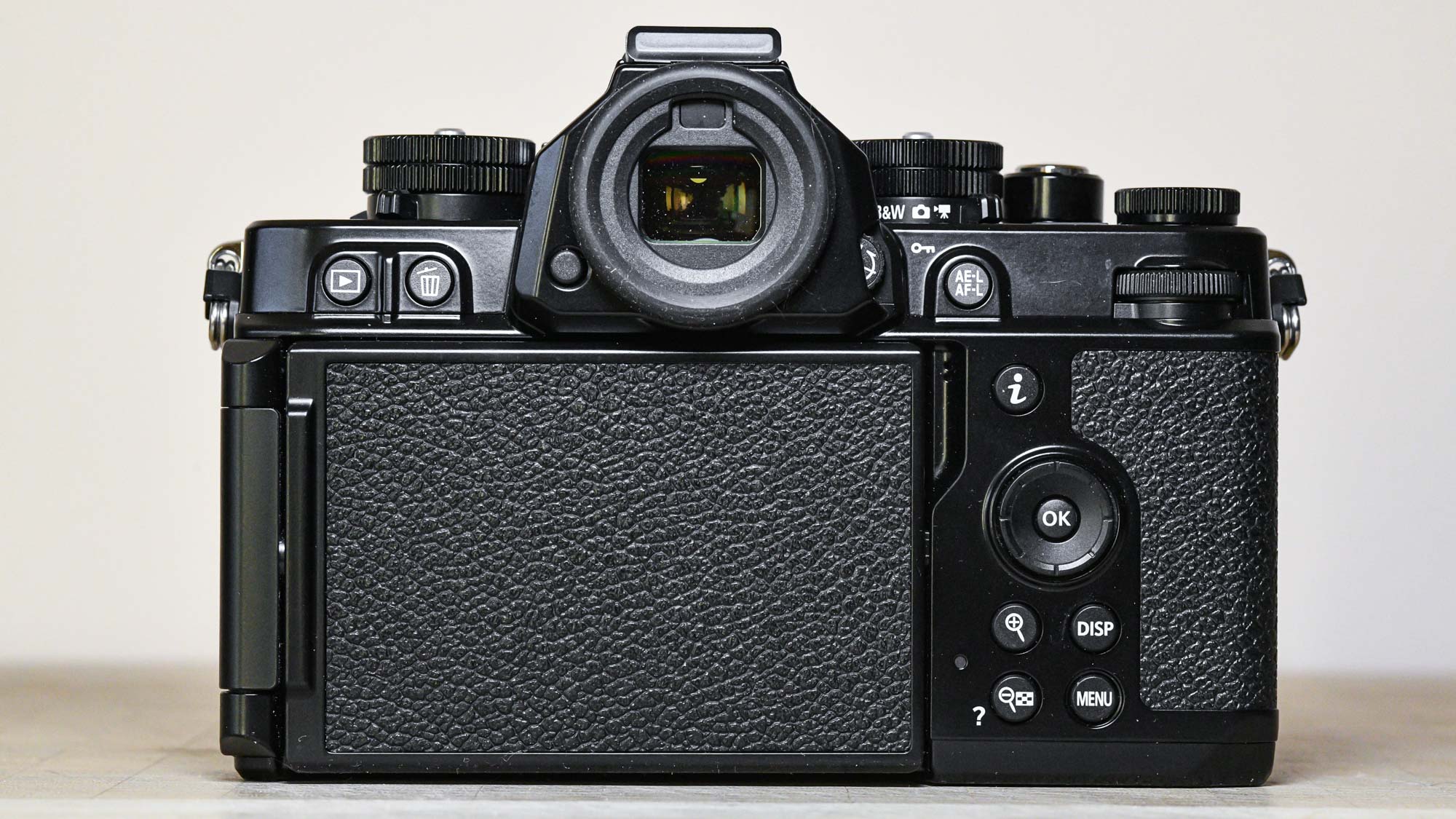
I found the control layout convenient and intuitive. And although I’d prefer the playback button on the lower right instead of the upper left, I was comfortable using the camera from the time I unboxed it.
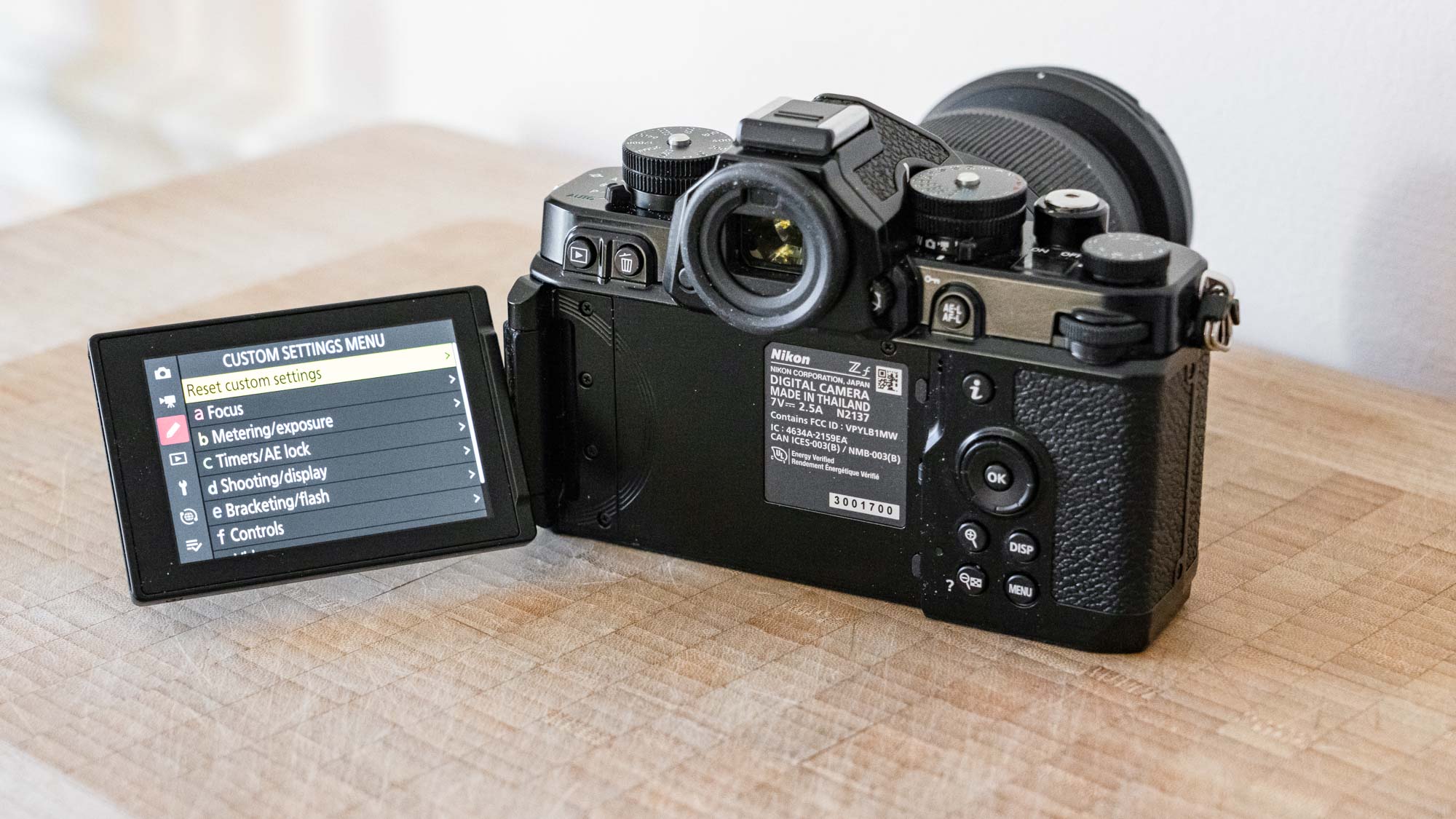
Like other Nikon cameras, the Z f’s menu system is well-organized and easy to navigate. Be sure to scroll through the menus to become familiar with the location of its various settings and some of the many features you may otherwise miss such as Starlight, which boosts screen brightness to help focus under dark conditions (including astrophotography).
There’s also a time-lapse movie feature that easily produces videos in-camera, like the one above. And those are only a couple of the cool and useful features that are waiting to be discovered.
Nikon Z f review: Autofocus performance
Thanks to its Expeed 7 processor, the Z f’s autofocus and tracking system delivers solid performance to help ensure the camera nails the shot more often than not. Naturally, subject detection plays a large part in the Z f’s accuracy. There are 9 profiles in four categories (people, animal, vehicle, airplanes) that cover pretty much any subject you’ll encounter as well as an Auto setting that’s helpful when shooting multiple types of subjects. For efficiency, you can limit the subject detection area to hone in on where the subject detection is most effective.
While shooting a windsurfing competition in strong winds, Auto detection and continuous AF worked well to track the surfers. The camera lost track of the fast-moving subjects a couple of times which resulted in some back focus issues but most shots froze and focused the action with no problem.

In the photo below, a combination of the Z f’s tracking and continuous shooting was able to keep the surfer in focus as they unexpectedly performed one of their acrobatic tricks.

What makes subject detection even more valuable is that it works when focusing manually (including MF-only lenses). If you’re shooting a portrait, for example, the eye is recognized as the focus point and the camera will zoom in so you have a close-up view when fine-tuning the focus.
Autofocus is pretty snappy in most cases but you can improve lock-in time in a couple of ways. You can choose a specific area using the touchscreen to limit where the AF point can track, or fine tune the AF speed and sensitivity. There’s no joystick, so you’ll need to use the touchscreen or the 4-way controller to move the focus point, the latter can be especially tricky at high AF speeds and sensitivities.
Nikon Z f review: Image performance
Gorgeous images were the norm with the Z f. Most test shots were captured using the Standard Picture Control which delivered vibrant but not oversaturated colors as seen in these leaves on a late fall day and during an early morning sunrise. Auto white balance worked well under most conditions, too.
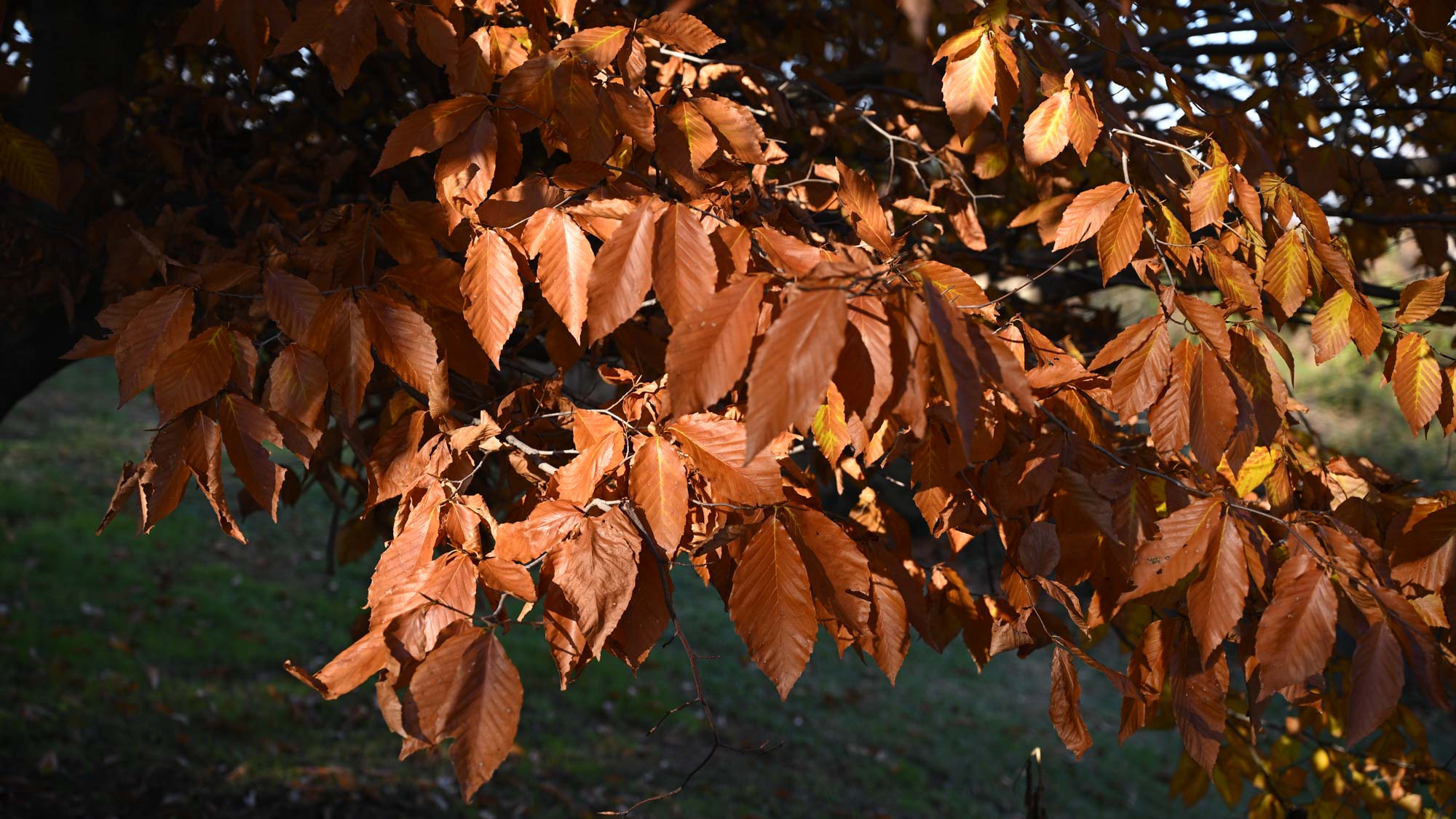
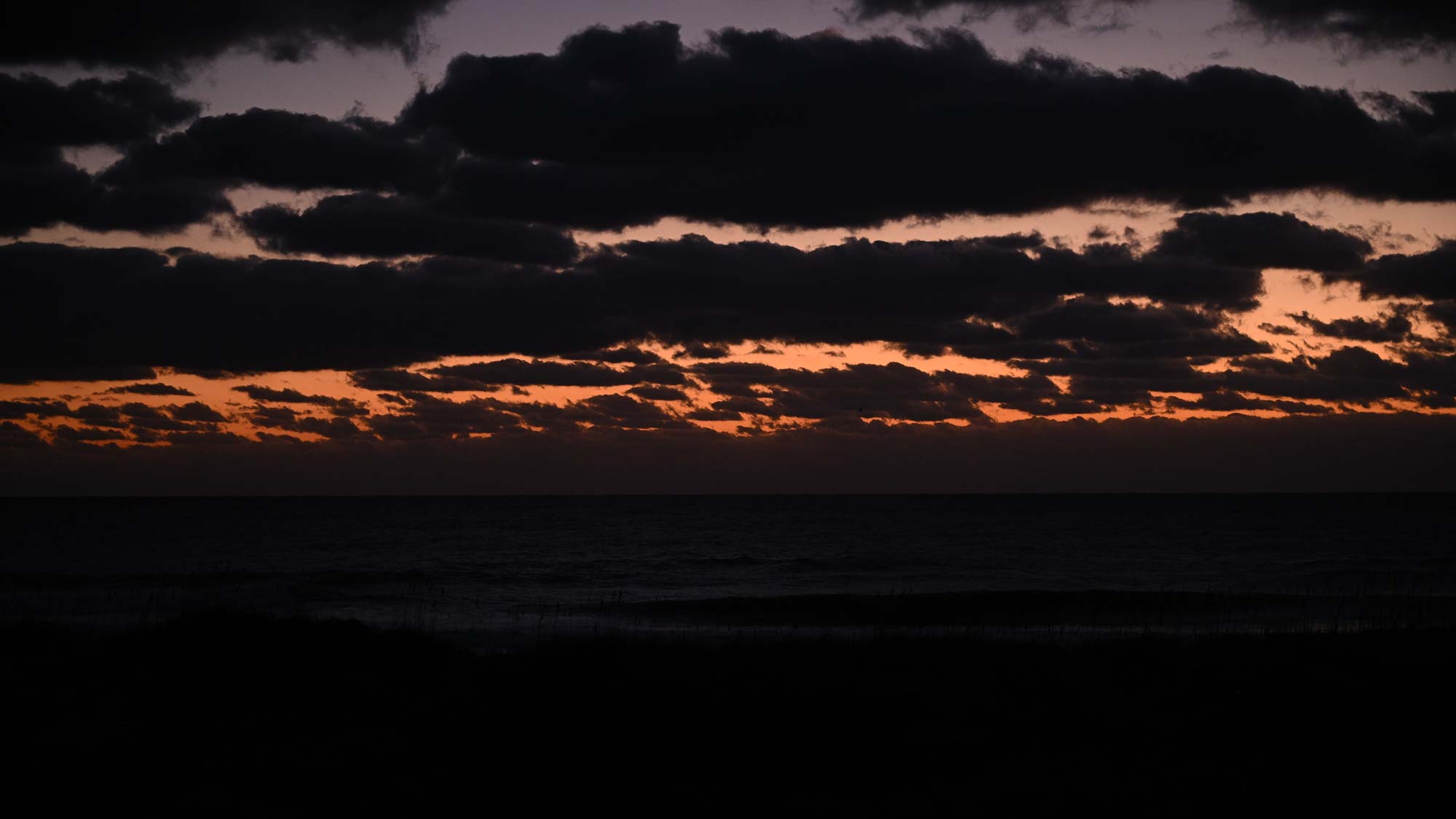
With few exceptions, the Z f metered exposures accurately in both semi-automatic modes and when using the exposure meter in manual mode. The camera deftly handled a bright, sunny day despite the reflections off the ocean and the sand seen in the image below. Its ability to deliver broad dynamic range under these circumstances was impressive.
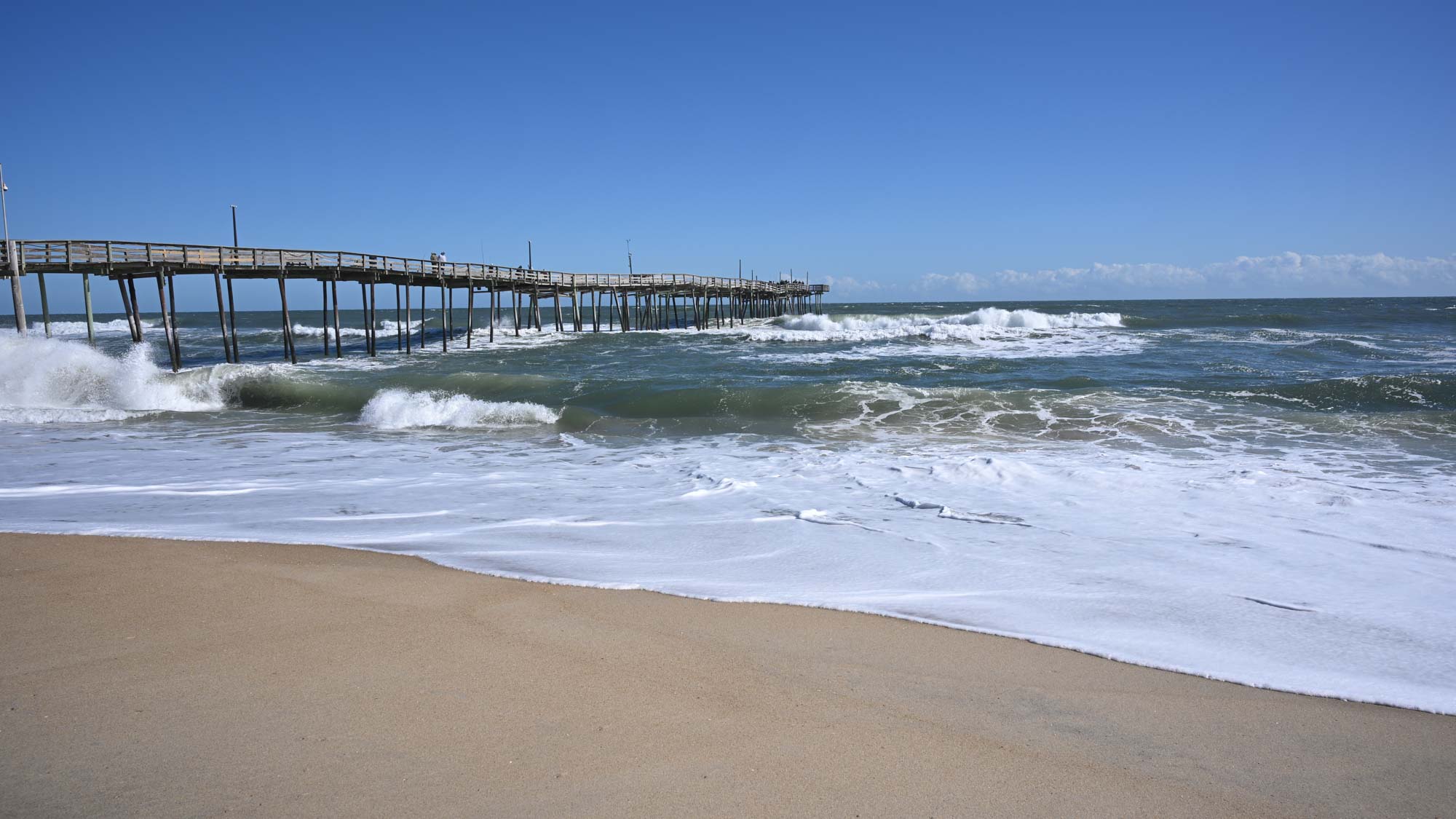
Details were crisp and clean and the 24-70mm kit lens delivered sharp photos as seen below. Random sea foam, tiny shells and grains of sand were well-detailed in the shot below.
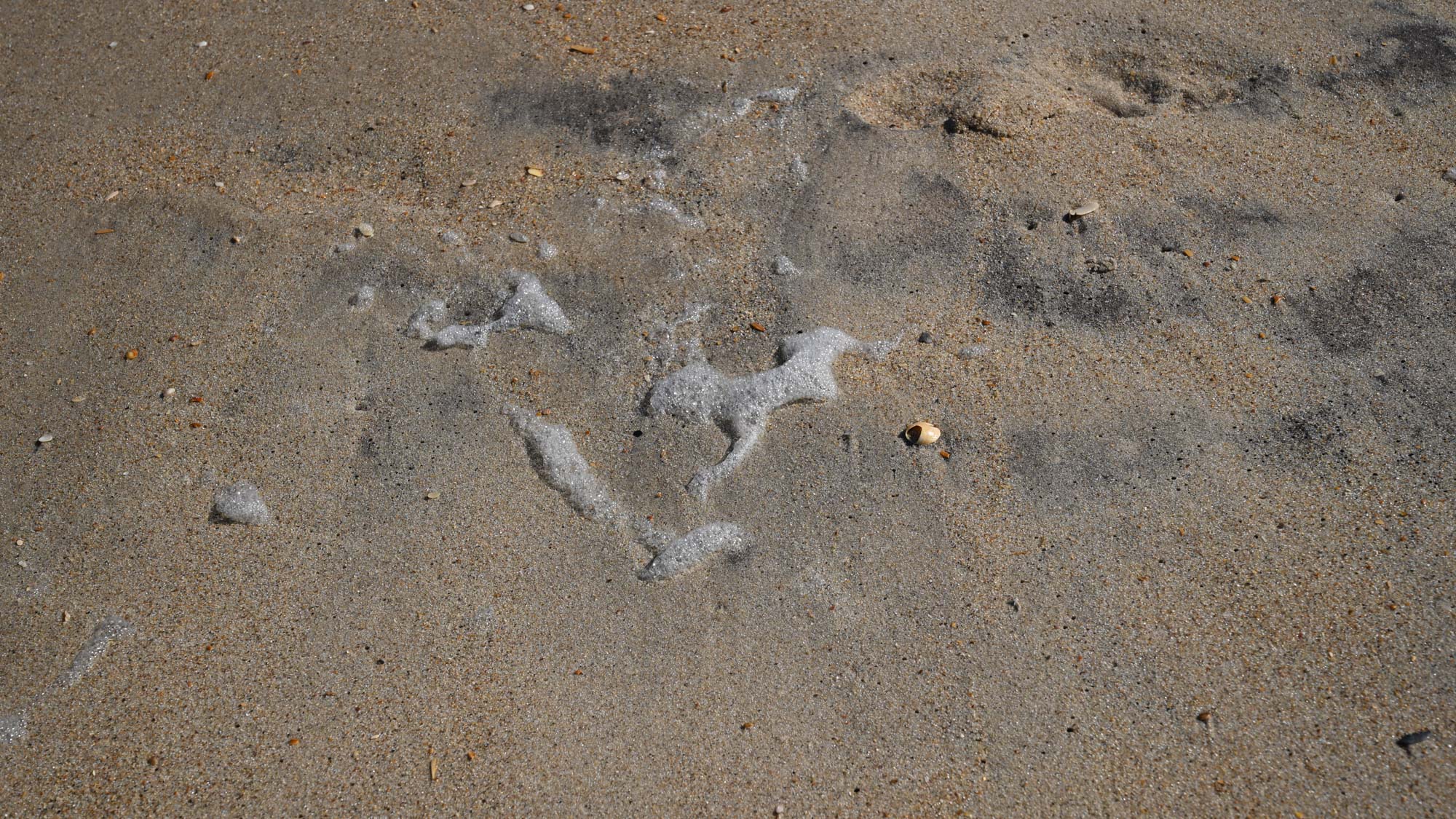
The Nikon Z f offers a wide range of ISO settings from 100-64000 (and expandable to 204,800). At ISO 6400 some noise was visible given the almost solid dark sky in the image below but the impact of the high ISO was much less than expected.
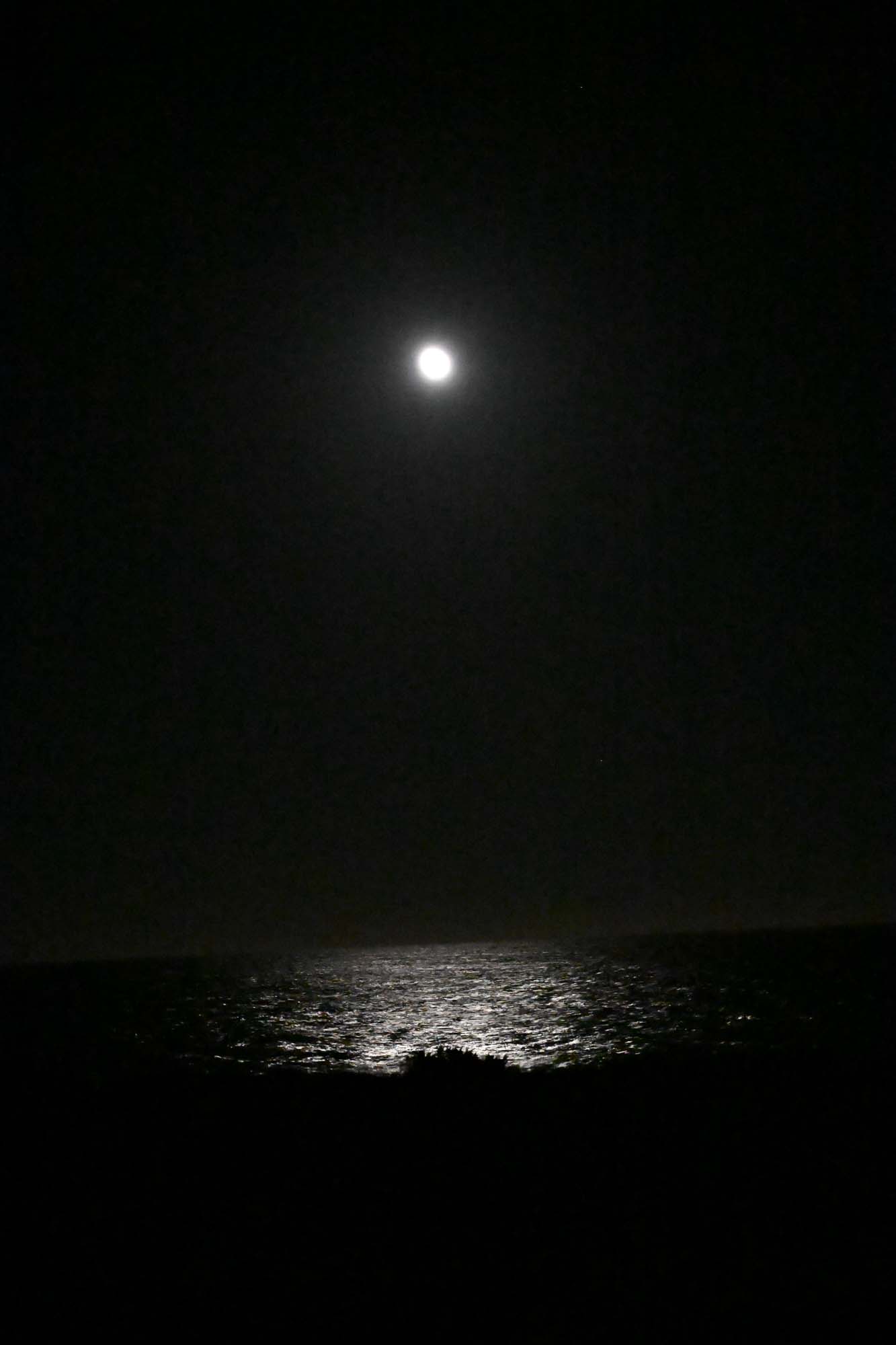
In the image above, ISO 6400 allowed me to shoot a 1/125th sec which was easily hand-holdable. For slower shutter speeds, the Z f is capable of up to 8 stops of image compensation. You can even link the Vibration Reduction feature to the focus point, moving image stabilization away from the center of the frame, which can deliver better results in certain situations.
Nikon Z f review: Video performance
Although its first digital predecessor, (the Nikon Df) didn’t offer video, the Z f provides a good set of video features and performance. Capable of shooting 4K 60p with an APS-C crop, (par for the course with others in this category such as the Panasonic S5 IIX), it’s now possible to capture this footage in-camera. You can also shoot at 4K 30p without a crop or Full HD 120p for slow motion. N-Log and HLG are available and record time of continuous clips up to 125 minutes can also be captured internally. Multiple audio controls are available as well, including adjustable microphone sensitivity and headphone volume as well as an attenuator to prevent sound distortion, wind noise reduction and frequency response control.
The Z f is equipped with some important tools such as a waveform monitor and zebra stripes to help you evaluate exposure. For example, a zebra stripe pattern will overlay the image to indicate where there are areas of overexposure. These pro-level options are important for growing your video skills.
Other features of note include the same 8-stop image stabilization that’s available for still images. And image quality that’s pleasing to the eye with its rich colors and accurate exposures. Autofocus also works well and you can see the results in the video clip below.
The Z f offers plenty of tools to create solid video. But if video is your main focus, the Panasonic S5 IIX ($2,200), which supports Apple ProRes, for example, offers a broader range of advanced features.
Nikon Z f review: Battery life and overheating
The Nikon Z f comes with the EN-EL 15c battery but can also accommodate older EN-EL15b and EN-EL15a batteries, with the 15c delivering more images on a single charge. Please refer to the Z f manual for charging and power delivery options, especially if you plan to use older EN-EL15a batteries, which have to be charged with the MH-25a wall charger (only the EN-EL15c and EN-EL 15b can be charged with the EH-7P and EH-8P AC adapters).
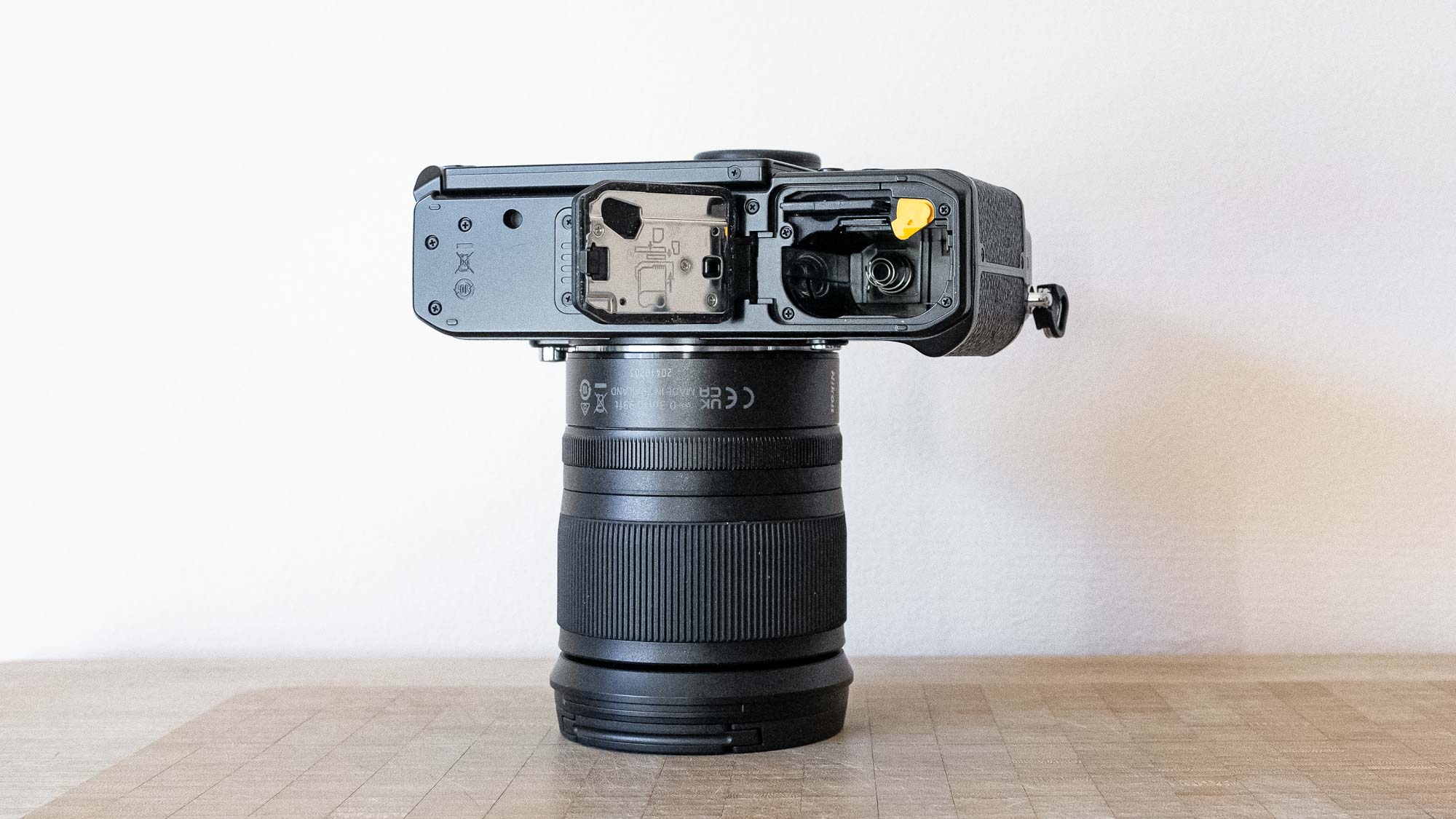
Measuring battery life can be challenging. The CIPA (Camera and Imaging Products Association) battery life ratings are determined by standard testing that, in my experience, doesn’t always reflect real life usage. The Z f’s battery life is listed as a maximum of 430 shots, using only the monitor and energy savings setting. As an experiment, I decided to approximate a long day of heavy usage–similar to photographing a 12 hours of back-to-back fashion shows or a morning to night series of sporting events. I mostly shot short bursts of high speed capture mixed with single shots, split between monitor-only or EVF-only, turned the camera on and off multiple times, reviewed images and scrolled through the menu system. By the time the battery drained to about 50%, I had captured 2,636 JPEG + RAW Fine images. Your numbers will likely vary, particularly if you shoot single images using the EVF, which draws more power than the monitor. While the camera felt slightly warm, the temperature warning icon never appeared on the screen. Pretty impressive.
For video, it’s important to use a recommended SDHC/SDXC card; one with at least speed class 3 and a maximum data transfer rate of 250 MB/s. I used a 128GB SanDisk Extreme Pro, speed class 3, with a data transfer rate of 300 MB/s and shot 4K/60 H265 10-bit MOV clips.
For one set of tests, I left the Nikon Z f’s Auto Temperature Cutout feature on Standard, which caused the camera to shut down at about 34 minutes 58 seconds rather than the 42 minute 25 second estimate shown on the screen. Once the Temperature Cutout was set to high, the camera was able to record the full 42m/25s clip. After a couple of shorter clips, the SD card was full with about 59% of the battery charge remaining.
Keep an eye on the thermometer icon that appears on the monitor as the camera begins heating up; it first turns yellow and then high. The gauge has a countdown feature that alerts you that the camera will shut down in 30 seconds. If that happens, let the camera cool down for a while before shooting again.
Naturally, lowering the resolution will give you longer recording times and a higher Temperature Cutout threshold. But even at 4K/60p, recording time should be sufficient for most shoots unless you’re shooting long, uninterrupted clips for, say, interviews. Just keep in mind that ambient temperature and exposure to sun can affect how quickly the camera will overheat.
Nikon Z f review: Verdict
Don’t let the Nikon Z f’s classic good looks fool you. Under the hood, this 24-megapixel camera is anything but old-fashioned. High tech features along with excellent image quality and solid performance make the Nikon Z f a great choice for enthusiasts who want a classic style with all of today’s photographic capabilities.
But there are a few other options in and around the $2,000 price point that are equally appealing such as the Panasonic Lumix S5 IIX with its excellent image quality and above average complement of advanced video features including the ability to record ProRes video internally — if advanced video feature and modern ergonomics are important to you, definitely check out the Panasonic. If you want an extra boost in resolution, the Sony a7 IV’s 33 megapixel sensor may do the trick (especially if you’re a wildlife photographer and need to crop from time to time). It’s a little older than the Nikon Z f and Panasonic S5 IIX but has excellent AF capabilities and subject detection technology. If you’re a Canon shooter (or want to be), the Canon EOS R6 Mark II is a solid choice as well.
Bells and whistles may be nice (and the Nikon Z f has plenty) but even the coolest features are useless without being able to create beautiful images — stellar image quality is what the Nikon Z f is all about.
Theano Nikitas is a freelance journalist and photographer. She's been writing about photography for more than 20 years, contributing countless reviews of cameras, lenses, accessories and software packages to Tom's Guide. Her work has also appeared in dozens of other magazines and websites, including CNET, DPreview, PopPhoto, Professional Photographer and Shutterbug.
